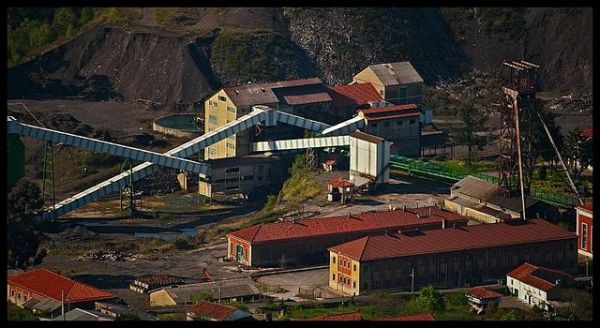La Camocha, Asturias coal mine
43º 29' 8'' N 5º 39' 58'' W
North-West Spain
Spain
Description
La Camocha is a former coal mine which is seven kilometers south of Gijon, Asturias, Spain. It was operated by Minas la Camocha SA, which is affiliated with González y Díez SA.
Extracted Materials
La Camocha is a coal mine. It is Camocha Mine has a huge importance in the industrial history of Asturias, being a big Felgueroso’s family project and the only mine shaft in Gijón.
Antropological info
Flooded mine workings have good potential as low-enthalpy geothermal resources, which could be used for heating and cooling purposes, thus making use of the mines long after mining activity itself ceases. It would be useful to estimate the scale of the geothermal potential represented by abandoned and flooded underground mines in Europe.
Archaeological info
From a few practical considerations, a procedure has been developed for assessing the geothermal energy potential of abandoned underground coal mines, as well as for quantifying the reduction in CO2 emissions associated with using the mines instead of conventional heating/cooling technologies
Sustainable tourism insights
A path running along the old mining railway that linked La Camocha Colliery with Veriña and Gijón's port, El Musel.
Environment sustainability
The search for alternative water resources has been promoted and the use of mine water in it has become especially relevant in areas with abandoned mining operations; moreover, the new technological developments in the field of mine water treatment have opened new horizons for a potential mine water reuse. in the municipality of gijón, in north-western Spain, underground coal mining operations accomplished in a small carboniferous basin are in an abandonment phase, and the mine works are in a flooding process as a consequence of the pumping cessation of water drained from the mine works. this mine water rebound through the mine voids involves the creation of a new pseudo-karstic type of aquifer, which can be considered like an underground dam; with the advantage in front of the surface dams is the absence of evaporation losses and the availability for use during drought periods as a complement to the conventional water resources.









